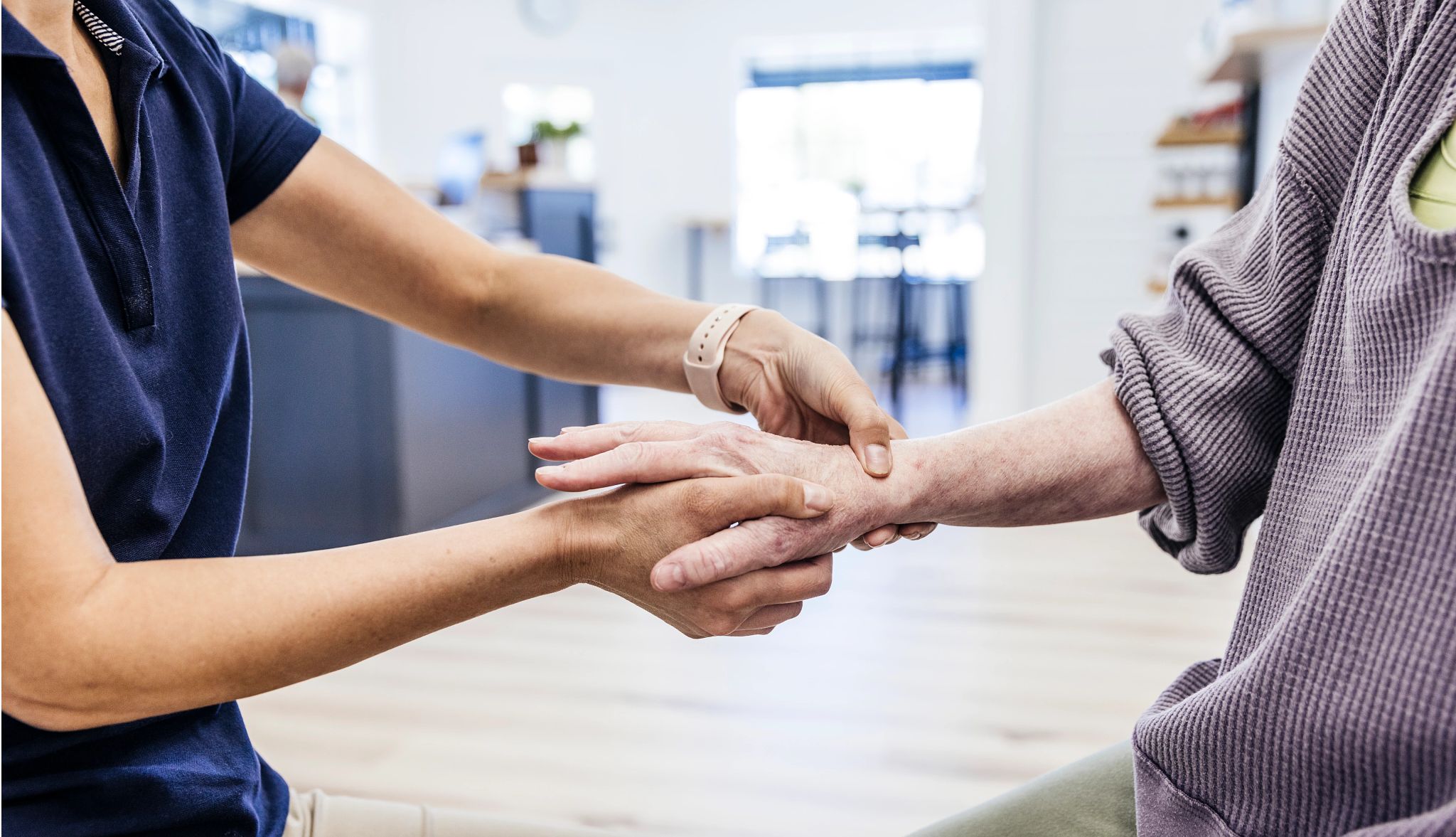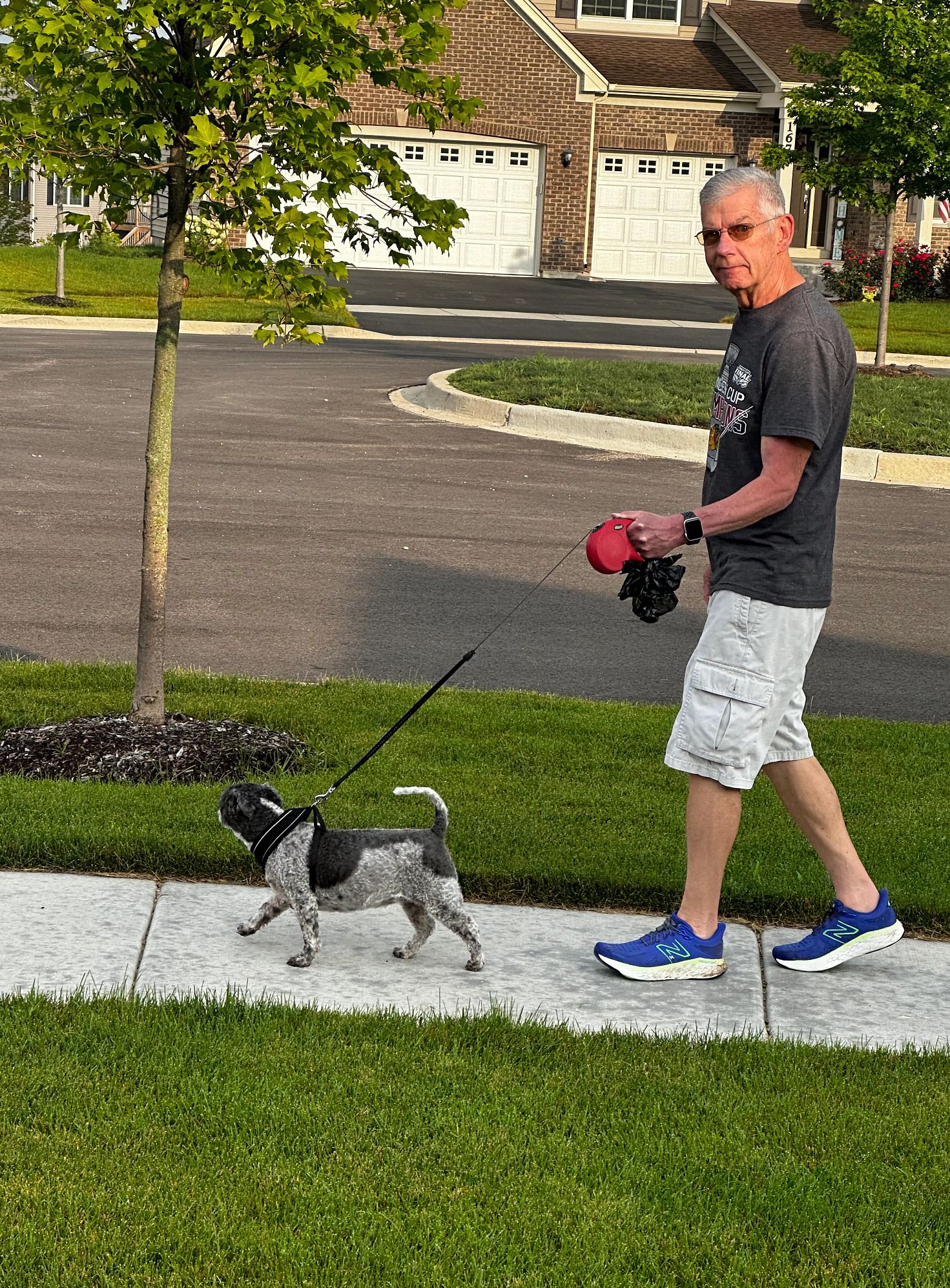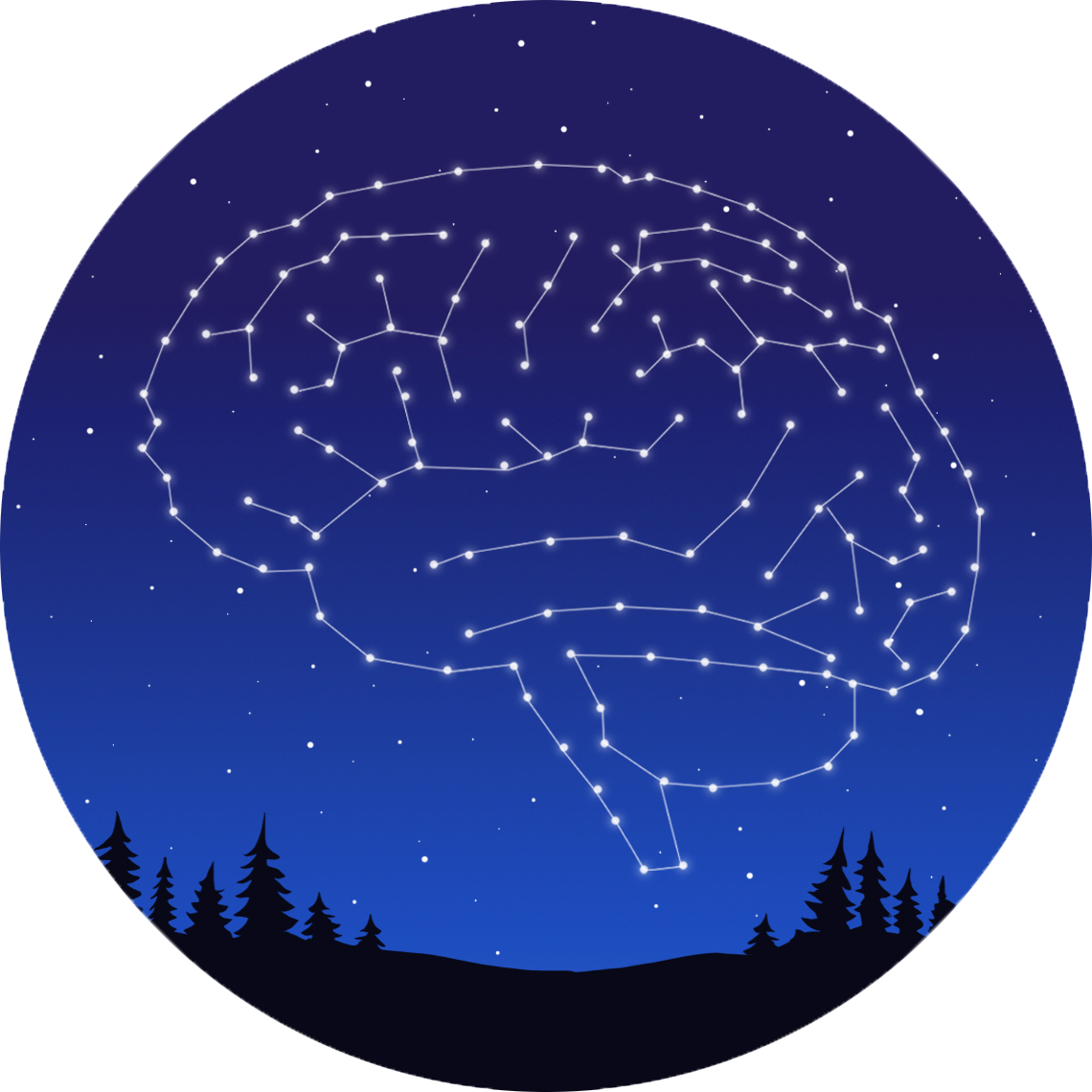Your full recovery is very unlikely, although your doctor won't tell you that! Your children and grandchildren won't recover any better since the stroke medical world isn't even trying to solve stroke to 100% recovery!
Rehab full recovery? Only 10%!
Stroke Recovery: A Timeline
What to expect from rehab after the brain suffers oxygen loss
Katherine Hobson
K. Michael Welch, M.D.

-
In March 2015, Doug Nichols and his family traveled to Sanibel Island, Florida, for a spring getaway. During lunch on the second day, Nichols’ speech became slurred. The left side of his face drooped. While taking his dishes to the kitchen, he dropped a glass and his phone.
“My wife sat me down and said, ‘You’re having a stroke, and you need to go to the hospital.’” He couldn’t move the left side of his body. Nichols stayed in the hospital for two weeks, until he was medically stable enough to fly home to the Chicago metro area, where he went straight to inpatient rehab for about a month followed by four months of outpatient rehab.

“I really didn’t have any expectations,” says Nichols, who was 59 at the time. “I was hoping to regain some functionality at a basic level, but I didn’t really know what the journey ahead would look like.”
It turned out to be long: With those five months of rehab, Nichols partially regained the ability to move his left hand and arm, and his speech improved. An additional boost came years after his stroke, when he got a new procedure that further boosted movement of his hand and arm.
 Doug Nichols and his wife Patti on a 2017 boat cruise.Courtesy Douglas Nichols
Doug Nichols and his wife Patti on a 2017 boat cruise.Courtesy Douglas NicholsHow much progress a person can make and the timeline for their recovery depend on the type and location of the stroke and the patient’s age and overall health, says Richard Harvey, M.D., clinical chair of Shirley Ryan AbilityLab’s Brain Innovation Center in Chicago, where Nichols did his outpatient rehab. For many survivors, it can be a tough road. Stroke is a leading cause of serious long-term disability. More than half of survivors 65 and over are left with reduced mobility, according to the Centers for Disease Control and Prevention. Other impacts, which can be long- or short-lasting, may include problems with thinking, communicating, vision, emotions and behavior.
Still, many people regain at least some of the abilities they lost. “I tell stroke patients that the path to recovery is not a straight line,” says Nneka Ifejika, M.D., a professor of physical medicine and rehabilitation and neurology at UT Southwestern Medical Center in Dallas and a volunteer expert for the American Stroke Association. “It has twists, turns, times of acceleration and times of pause. The most important thing is not to lose hope.”
Most strokes occur because a clot forms in a blood vessel in the brain, blocking blood flow. A smaller percentage are due to a blood vessel rupture in the brain. In both cases, parts of the brain are deprived of oxygen and die. As you’d imagine, a stroke affecting a large part of a crucial area of the brain is more serious, and more difficult to recover from, than a smaller stroke in a less important region.
Video: How to Spot Symptoms of a StrokeStroke rehab priorities
Rehab usually begins as soon as 24 hours after the stroke, during the hospital stay. “As soon as people are medically stable and able to participate, we start,” says Lindsy Williams, M.D., a neurologist at Mayo Clinic in Jacksonville, Florida. Several specialties get involved, including physical therapy, occupational therapy, and speech and language therapy.
Each patient should leave the hospital with a plan in hand for their longer-term rehab, Ifejika suggests. Ask your rehab facility if you’re eligible for any clinical research trials, she adds.
Join AARP today for $18 for your first year when you sign up for
automatic renewal. Get instant access to members-on
Most patients are out of the hospital within a week, after they’ve been stabilized and given treatment to protect them against a subsequent stroke. Some can go straight home, either because they’ve recovered so much that they need no further therapy, or because they can do home health therapy or outpatient therapy.
A multipronged approach to stroke rehab
Recovery may involve several types of therapy:
Physical therapy: Training and exercises to help stroke survivors relearn how to move — walk, maintain balance and increase range of motion.
Occupational therapy: Training and exercises to help patients accomplish typical daily activities, such as eating, drinking, dressing, bathing, cooking and using the toilet.
Speech therapy: Can help with swallowing, relearning language and developing new ways of communicating if speaking is difficult.
Psychological therapy: Talk therapy may help patients who experience depression, anxiety or cognitive problems after a stroke. A psychiatrist or other physician can prescribe antidepressants or other medications if necessary.
Sources: Centers for Disease Control and Prevention and National Institute of Neurological Disorders and Stroke
Patients who can handle at least three hours per day of intense therapy, five times a week, are eligible for inpatient rehabilitation facilities. This is what the American Stroke Association recommends for everyone who qualifies, when possible. At these facilities, which may stand alone or be part of a larger hospital, patients get an individualized rehabilitation plan that might include physical therapy, occupational therapy, speech therapy and psychological support. The average stay is about 15 days, according to the American Academy of Physical Medicine & Rehabilitation.
Some patients are too fragile or unable to participate in that kind of intense therapy and are discharged from the hospital to a long-term acute care hospital or a skilled nursing facility, where they can participate in therapy according to their ability. It’s worth noting that some of these patients do improve enough to handle some therapy and see progress.
Outpatient rehabilitation starts after inpatient rehabilitation ends, or in some cases directly after the hospital stay. Sessions are usually a few times per week. In addition to the kinds of therapies available at an inpatient facility, patients may get vocational rehab, pool therapy, driving evaluations, help with using a wheelchair and the opportunity to use virtual reality or robotic therapy, according to the American Academy of Physical Medicine & Rehabilitation.
Ifejika suggests patients look into day rehab programs in their area, as Nichols did. They are intense programs, five days per week, some with transportation. And if you’re given exercises to do in between appointments, Williams says, it’s important to do that “homework” to maximize your recovery.
Regaining independence
Rehab aims to help people perform activities of daily life. “The most important things are their ability to walk, to speak and to swallow,” Ifejika says.
“Have open discussions with your therapy teams about specific goals you may want to work towards,” Williams advises. If you have a hobby you enjoy and want to continue, make sure your therapy team knows it’s important to you. “It may not always be feasible, but it should at least be discussed,” she says.
AARP's Brain Health Resource Center
Find more on brain health plus dementia, stroke, falls, depression/anxiety and Parkinson's disease.
Gains made during rehab are possible because of the brain’s ability to adapt to the losses incurred in the stroke. To some extent that happens because nerve cells can forge new connections, Harvey says. But “the real reason why most people recover is that the brain is very redundant, especially with movement,” he adds. You may use a certain neural pathway, say, to grasp and release objects with your hand, but if that pathway is injured, other pathways are available. At first, they’re weak, but “as you practice performing functional movements, those pathways begin to strengthen,” he says. Other systems, such as language, have fewer backup systems. So function may be harder to regain if those parts of the brain are extensively damaged.
How long will it take for stroke recovery?
“Hard work is your best strategy for maximizing your functional recovery,” Nichols says.
He recovered most of his lost capacity over several years. Some of his progress came eight years after his stroke, when a vagus nerve stimulator
implant helped him regain further use of his arm. He is now a peer
mentor for stroke survivors at the Shirley Ryan AbilityLab. Nichols
tells his fellow survivors to involve their support team — they can be a
great source of encouragement — and not to expect instant results.(But if your stroke medical 'professionals' had stopped the neuronal cascade of death in the first week, that would have saved millions to billions of neurons, thus making your recovery much more likely!)

Be prepared for plateaus and setbacks. “A stroke is one of the most difficult things to experience,” Ifejika says. When frustration sets in and patients lose interest in continuing activities that don’t seem to help, she often has them take a two-week break and then get back to it.
Most progress will happen in the first three to four months. But recovery, albeit at a slower pace, can persist long beyond that. Even if you’re 80 percent recovered, you can continue to work on areas that you need help with, Ifejika says. “Stroke recovery is a marathon, not a sprint,” she says. “I’m a strong advocate for outpatient and home therapy past the year mark.”
Because rehab is so crucial to recovery, Ifejika says it’s important that a survivor — or their family members and support team — advocate early on for all the services and therapies for which they’re eligible. Check your insurance policy to make sure it covers inpatient rehab. An insurer has 72 hours to determine whether an urgent care request such as an inpatient rehab stay is approved or denied. If it’s denied but the care team feels the patient qualifies, file an immediate appeal, she says. Find out, too, whether there’s a cap on outpatient or home health therapy visits. Receiving the appropriate services “really affects the ability to have an optimal, functional recovery.”
Stroke rehab timeline
Recovery from a stroke looks different for each person, but this timeline may give you a sense of what to expect. It’s important to get started as early as possible, keep up with the rehab program (including any at-home exercises), and make sure your specific needs are being addressed.
Day 1: Once the patient is stable in the hospital, rehab can start as early as the next day. Brief “bedside” therapy sessions may happen as often as six times a day.
After discharge: The typical hospital stay after a stroke is five to seven days. If needed, rehab continues in a rehab facility or outpatient basis.
Months 1 to 4: The first weeks and months after a stroke are crucial for rehab to have an impact. This is the sweet spot for inpatient rehab with intensive therapy or outpatient rehab to regain abilities affected by the stroke. Some functions may return spontaneously as the brain finds new ways to get tasks done, and others require more therapy.
Month 4 and beyond: The most rapid recovery typically happens in the first three to four months, according to the American Stroke Association, but with therapy, patients can expect to continue to make progress after that. With continued exercises, improvements are still possible, even beyond a year. It’s important to continue to address your psychological needs, since anxiety and depression can affect quality of life and your participation in therapy, Ifejika says. And follow up with your physician to make sure you’re getting appropriate preventive care to stave off another stroke.
Katherine Hobson is a freelance writer focusing on health,
psychology, science and personal finance. She has been a staff writer
at The Wall Street Journal and U.S. News & World Report.
K. Michael Welch, M.D., is a vascular neurologist and oversaw the first
study establishing the effectiveness of the clot-busting drug tPA for
acute ischemic stroke. He was the principal investigator of the SPARCL
(Stroke Prevention by Aggressive Reduction in Cholesterol Levels) trial,
which established the importance of statins in secondary stroke
prevention. At retirement in 2018, Welch was president and CEO of
Rosalind Franklin University in North Chicago, Illinois.

No comments:
Post a Comment